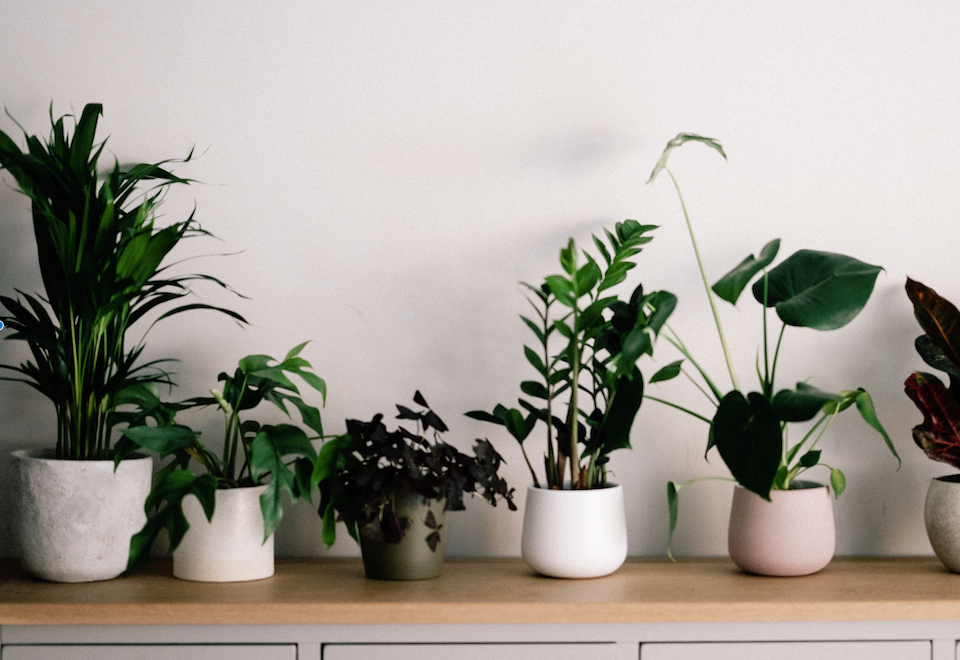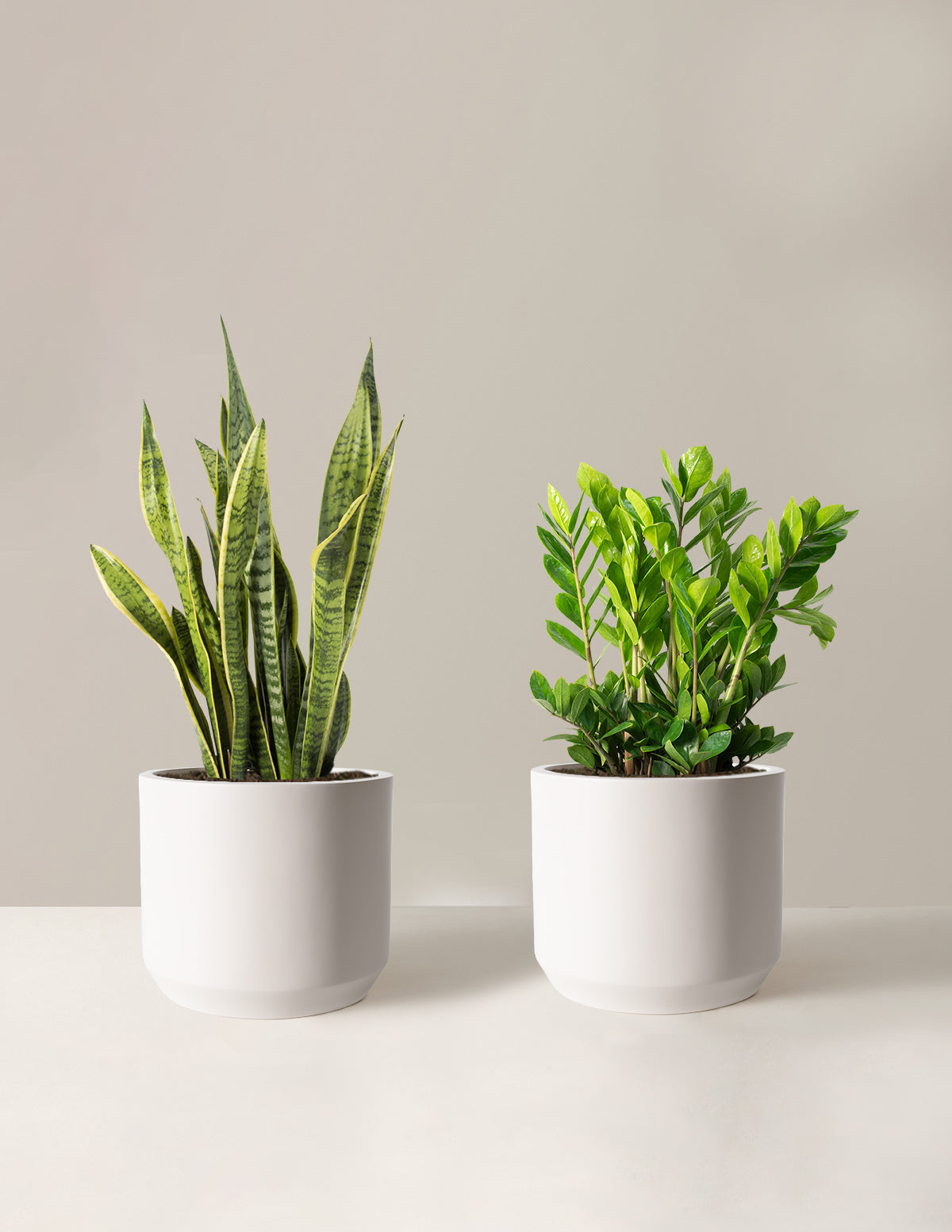Create a Lush Indoor Oasis with the Best Low-Light Indoor Plants
Create a Lush Indoor Oasis with the Best Low-Light Indoor Plants
Blog Article
Transform Your Home With Beautiful Low-Light Indoor Plants and Their Advantages
Incorporating low-light indoor plants into your home can dramatically boost both the visual and environmental top quality of your home. These plants, which thrive in dim problems, offer not only as decorative elements but likewise as all-natural air purifiers, making them ideal for metropolitan occupants or those with minimal sunshine exposure. As we explore the numerous sorts of low-light plants and their advantages, you may locate shocking means to integrate them into your home that can change your environments in methods you might not have anticipated.
Benefits of Low-Light Plants
Low-light plants offer various advantages for indoor environments, making them an excellent choice for both novice and experienced garden enthusiasts. One of the primary advantages is their flexibility to low-light problems, enabling people to improve their space without the need for extensive sunshine exposure. This particular makes them ideal for apartments, offices, and other locations with limited natural light.

Moreover, integrating low-light plants right into home decoration can raise the visual charm of an area. Their lush foliage and varied structures develop a soothing atmosphere, adding to total well-being. Lastly, the visibility of greenery has been linked to minimized stress and anxiety levels and boosted efficiency, making low-light plants a sensible selection for enhancing both physical and psychological health and wellness in indoor setups.
Top Low-Light Indoor Plants
While lots of indoor plants thrive in intense light, numerous types are particularly appropriate for low-light conditions, making them perfect for different indoor areas. One prominent option is the Serpent Plant (Sansevieria), known for its striking upright fallen leaves and strength, requiring very little care. One more superb choice is the Pothos (Epipremnum aureum), which features heart-shaped fallen leaves and can route wonderfully from wall mounts or racks, growing in low light and adding a lavish touch.
The ZZ Plant (Zamioculcas zamiifolia) is celebrated for its glossy leaves and capacity to endure disregard, making it best for hectic way of livings. Likewise, the Peace Lily (Spathiphyllum) not just tolerates low light yet also produces magnificent white flowers, improving any kind of area's aesthetic.
For a special touch, think about the Cast Iron Plant (Aspidistra elatior), which without a doubt meets its name, thriving in the darkest corners of your home. The Chinese Evergreen (Aglaonema) offers a selection of leaf patterns and colors while being exceptionally flexible in low-light conditions. These plants not only beautify interior settings yet also add to air filtration, enhancing your space.
Treatment Tips for Low-Light Plants

Watering methods are vital; these plants frequently favor a little completely dry conditions. Overwatering can lead to root rot, so make sure that the top inch of soil is completely dry prior to sprinkling once again. Usage pots with drainage openings to enable excess wetness to leave.
Humidity is an additional important variable. Many low-light plants, such as brushes and tranquility lilies, take advantage of higher moisture degrees. To enhance moisture, take into consideration misting see page the fallen leaves or putting a tray of water near the plants.
Fertilization ought to be approached with caution. During the expanding season, utilize a watered down, balanced fluid plant food every month to support development, however prevent fertilizing during the inactive winter season.

Innovative Ways to Display Plants
Interior plants can act as exciting centerpieces in any kind of space, boosting both visual appeal and setting. Creative display screens can elevate the aesthetic influence of low-light plants, making them an important component of your home design. One effective technique is to utilize tiered plant stands, which allow you to display numerous plants at differing heights while optimizing flooring room.
Hanging planters are one more innovative choice, creating a feeling of depth and attracting the eye upward. Take into consideration macramé hangers or wall-mounted racks to present a special structure and design.
For an extra structured approach, usage geometric terrariums or glass containers to house your plants, adding a modern touch to your interior garden. You can also repurpose classic items, such as teacups or wood pet crates, for a diverse display that reflects your individuality.
Enhancing Home Atmosphere With Plants
Integrating low-light plants into your home not only boosts visual allure yet additionally adds substantially to the overall atmosphere. These plants offer as all-natural design components, introducing a feeling of tranquility that can change any type of space. The presence of greenery cultivates a calming ambience, which is particularly advantageous in high-stress environments such as home workplaces or living rooms.
Low-light plants, such as snake plants, pothos, and ZZ plants, are read this not just aesthetically pleasing yet additionally boost interior air top quality by filtering system toxins. This dual feature boosts the atmosphere further, producing a much healthier home (Best low-light indoor plants). The strategic placement of these plants can also influence the assumption of space; for example, high plants can draw the eye upwards, making ceilings appear higher and rooms a lot more large
Furthermore, differing structures and colors of foliage add deepness to interior style, permitting for creative expression in home designing. Whether put on racks, in corners, or as focal points, low-light plants can elevate the state of mind of any type of area. In recap, incorporating these plants into your home is an effective means to cultivate a cozy, inviting ambience while profiting of enhanced air quality and visual adaptability.
Verdict
Incorporating low-light indoor plants into home atmospheres offers countless advantages, including enhanced visual allure and enhanced air top quality. These durable plants, such as the Snake Plant and Peace Lily, require minimal light and upkeep, making them suitable for diverse lifestyles. Their capacity to filter contaminants adds to a much healthier living space, while their varied structures and colors enhance interior style (Best low-light indoor plants). Inevitably, the inclusion of low-light plants fosters a calm and inviting ambiance, changing any type of home into a tranquil sanctuary.
While lots of indoor plants prosper in intense light, numerous varieties are especially appropriate for low-light conditions, making them excellent for numerous indoor areas. One effective approach is to use tiered plant stands, which allow you to display numerous plants at varying heights while making the most of floor area.
Low-light plants, such as snake plants, pothos, and ZZ plants, are not just cosmetically pleasing yet likewise improve indoor air high quality by filtering system contaminants. Best low-light indoor plants. The tactical positioning of these plants can likewise influence the understanding of area; view website for circumstances, tall plants can draw the eye upward, making ceilings appear greater and spaces a lot more spacious
These resilient plants, such as the Snake Plant and Tranquility Lily, call for minimal light and upkeep, making them suitable for varied way of lives.
Report this page